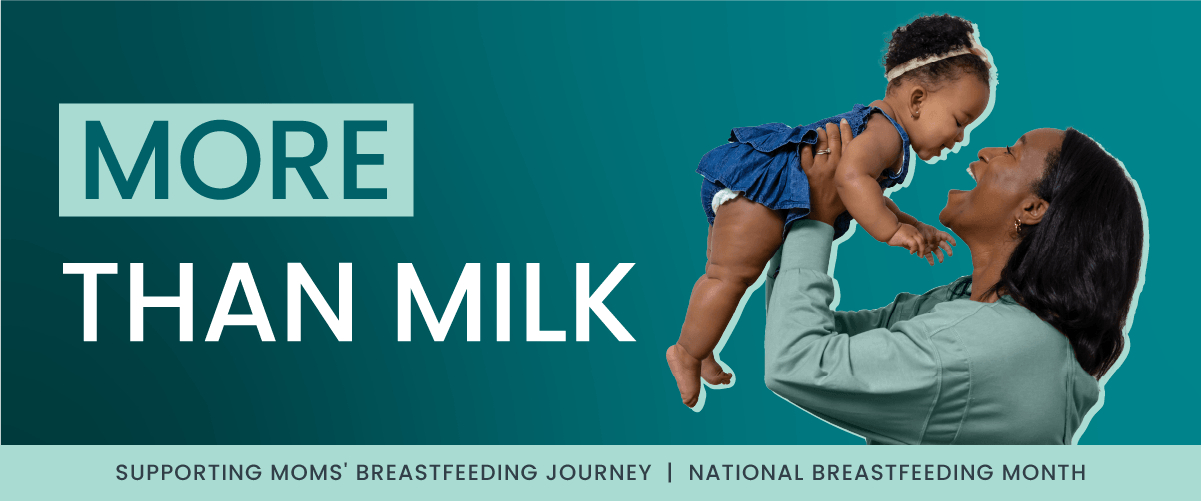How Long Does It Take for Milk to Come In?
The term for your milk "coming in" is technically Lactogenesis II. It refers to the moment changes from early colostrum to the whiter, more voluminous milk you might be expecting. This crucial transition is a sign that your body is working just as it should. Let's explore the timeline, starting with the very first milk your body makes.
Stage 1: Colostrum (Pregnancy to Days 2-5 Postpartum)
Your body begins making colostrum during the second trimester of pregnancy (around 16 weeks or later), in response to the hormone progesterone (pro-gestation/pregnancy). The placental sac releases this hormone. The purpose is to have milk ready from that point forward to be immediately available for the birth of the baby.
The composition of colostrum is a concentration of immunologic factors, antibodies, and nutrients. Its small volume is perfectly suited for your tiny newborn’s needs. Feedings of colostrum increase from 2ml - 10ml on day 1 up to 15ml - 30ml by day 3. Colostrum is also a natural laxative, helping your baby pass meconium—the tar-like first stool.
If your baby is premature or unable to feed directly, this colostrum can be expressed by hand and fed with a cup, spoon, or syringe to ensure they receive all its benefits.
Stage 2: Transitional Milk (Days 3-5 to Week 2-3 Postpartum)
Stage 3: Mature Milk (Around Week 2 Onward)
By about two weeks postpartum, your milk has fully matured, but will continue to increase in volume until about 6 weeks or 40 days postpartum. This milk is thinner and whiter than colostrum and contains balanced protein, fat, and lactose, as well as increased calories to support rapid newborn growth. Mature breast milk also contains bioactive and immune factors that adapt and change as your baby grows. Milk production can be expected to increase to 750-850ml/day by 6 weeks postpartum.
Signs Breast Milk is Coming In
Your body will give you several clear signals that your milk production is ramping up. The most common signs breast milk is coming in include:
-
Changes in Your Baby's Stools: You’ll notice stools changing in color from black meconium to dark green, and finally to a mustard yellow. The frequency and amount will also increase.
-
Increased Urine Output: Your baby should have at least one additional wet diaper each day, reaching four or more wet diapers by day four.
-
Increased Swallowing: Frequent swallowing is a sign that your milk production is increasing. Newborn swallows sound like a soft, “kah” or “ah”.
-
Breast Fullness: Your breasts will likely begin to feel fuller, heavier, and may leak as they fill with more milk.
What Can Delay Milk From Coming In?
Sometimes, the transition to mature milk can be delayed. This can happen for several reasons, including hormonal issues (PCOS, thyroid dysfunction), retained placental fragments, or insufficient glandular tissue (IGT). Certain factors, such as cesarean delivery, prolonged or difficult labor, and mother-infant separation, can also contribute to delayed lactation. The most effective way to encourage increased milk production is to remove colostrum frequently and effectively. If your baby is unable to latch and nurse effectively after birth, hand expression and pumping are recommended to remove colostrum and stimulate your breasts to make more milk.
When to Seek Breastfeeding Support
Sometimes, the transition to mature milk can be delayed. This can happen for several reasons, including hormonal issues (PCOS, thyroid dysfunction), retained placental fragments, or insufficient glandular tissue (IGT). Certain factors, such as cesarean delivery, prolonged or difficult labor, and mother-infant separation, can also contribute to delayed lactation. The most effective way to encourage increased milk production is to remove colostrum frequently and effectively. If your baby is unable to latch and nurse effectively after birth, hand expression and pumping are recommended to remove colostrum and stimulate your breasts to make more milk.
Engorgement and Pain
As your mature milk arrives, you may experience engorgement—accumulation of milk, blood, and fluid within the breast. This can be uncomfortable and make it difficult for your baby to latch. Engorgement is typical and expected with the onset of Lactogenesis II (milk coming in), and should resolve in 2-4 days. Engorgement that lasts longer than expected or occurs later in your breastfeeding journey can be caused by overproduction or poor milk transfer, and in some cases, may lead to mastitis.
An IBCLC can provide strategies to manage engorgement and ensure milk is flowing effectively.
Latch Problems
Pain during breastfeeding is a red flag. However, even without pain, a shallow latch can cause issues. Look for blanching (turning white) or a "lipstick" shape on your nipple after a feeding. These are signs of a poor latch that could be restricting milk flow. It may be a simple positioning adjustment or a more complex issue like a tongue-tie.
Inadequate Output and Weight Gain
Your baby's diapers are a reflection of how well they are transferring milk. By day four, there should be four or more moderately wet diapers daily. If your baby loses more than 10% of their birth weight in the first week or their weight gain has stalled, a lactation plan is needed right away.


No Color Change in Stools
By day 2-3, all black meconium should be gone. Stools need to reflect the change in type of milk and adequate intake by changing to dark green, brown, and later mustard yellow. Baby should have yellow, seedy stools by the end of day 4 of life. Persistent darker stools can be a sign that your baby is not getting enough milk. An experienced IBCLC can assess your milk production and baby’s ability to transfer milk in order to make a feeding plan that ensures your baby is getting enough while also supporting your milk supply
Maternal Hemorrhaging or Abnormal Clots Postpartum
If you experience abnormal bleeding or clots after birth, seek medical attention immediately. This can be a sign of retained placental fragments, which will interfere with milk production and can affect your overall health.
What to Know About Relactation
Remember, an IBCLC is the new mother’s best advocate for troubleshooting your breastfeeding journey. They can provide personalized, hands-on guidance to build your confidence. Building confidence also comes from having the right support and tools, and having a comfortable and efficient breast pump can be a game-changer for your milk supply and peace of mind. Browse our award-winning breast pumps, and see if you qualify to receive a breast pump through insurance.
References
-
DOI: 10.1186/s13006-022-00523-3
-
Nommsen-Rivers, L. A., & Dewey, K. G. (2021). Delayed onset of lactation: Definitions, risk factors, and clinical implications. Clinical Lactation, 12(4), 165–177.
-
DOI: 10.2147/IJGM.S452108
Information provided in blogs should not be used as a substitute for medical care or consultation.






